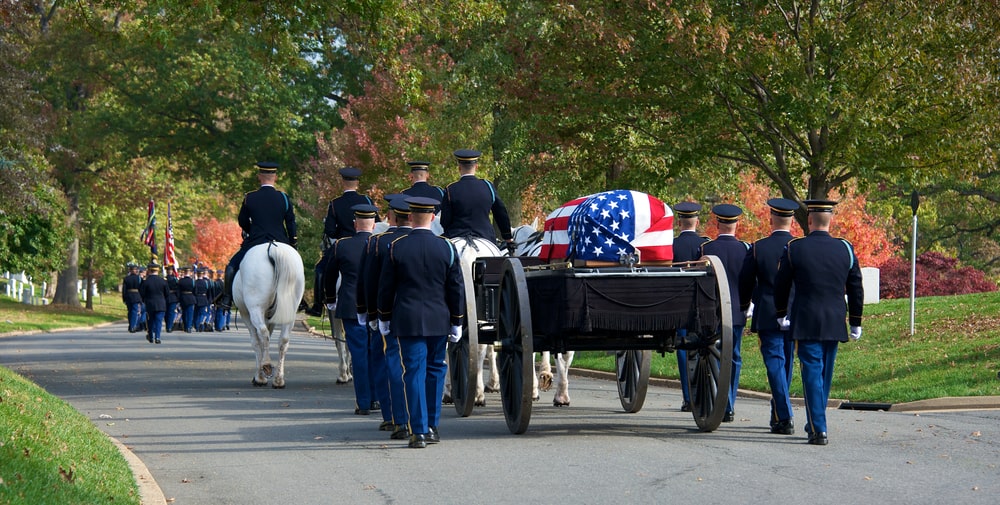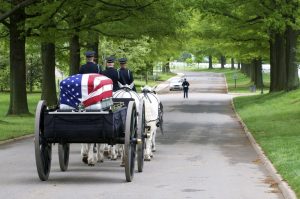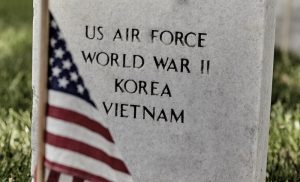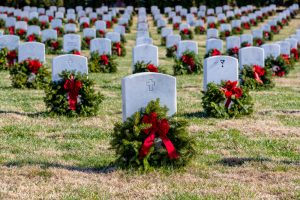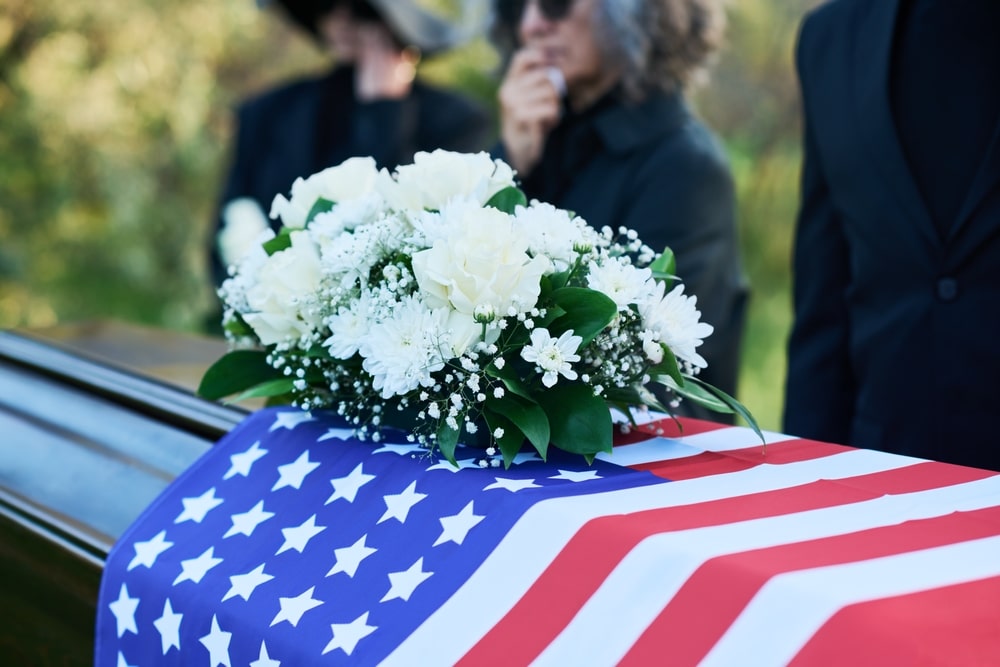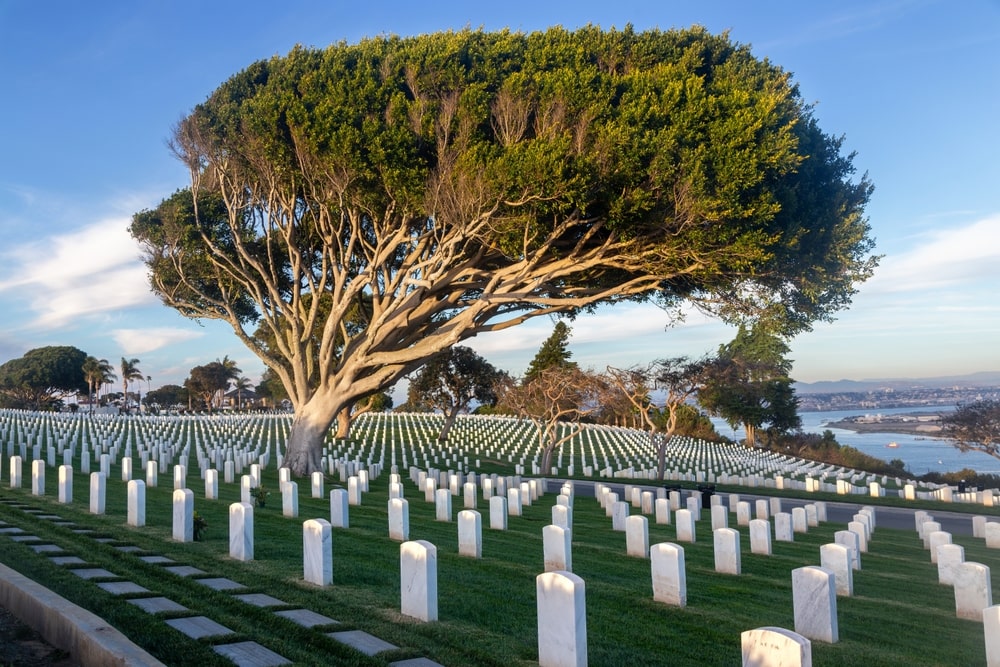“Our debt to the heroic men and valiant women in the service of our country can never be repaid. They have earned our undying gratitude. America will never forget their sacrifices.” – President Harry S. Truman
Memorial Day is a day set aside every year to honor and remember the many men and women who have died while serving the United States of America and its people. As we seek to honor them, let us remember them and the great sacrifices they made to preserve life, liberty, and the pursuit of happiness.
Arlington National Cemetery
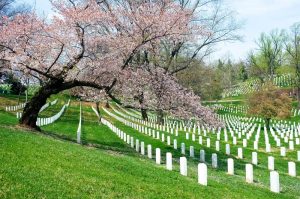
The most well-known of all military cemeteries in the United States, Arlington National Cemetery is a beautiful, solemn, and reverent place, filled with a spirit of heroism, courage, sacrifice, and dedication. With occupants from every major American conflict since the Revolutionary War, Arlington National Cemetery is the final resting place of more than 400,000 military service members and their eligible dependents.
In the beginning, the cemetery was just 200 acres (1864) but has since grown to 639 acres (2020). At present, 25-30 funerals are conducted every weekday and 7-8 each day of the weekend. With burial space dwindling, the National Cemetery Administration is looking into options for how they can ensure military members can continue to request interment at Arlington National Cemetery.
How It Came to Be
The cemetery has a rather unusual history. Arlington National Cemetery used to be Arlington House, the historic family residence of Robert E. Lee. Yes, that Robert E. Lee. Originally established by George Washington Parke Custis, adoptive grandson of George Washington, Arlington House was passed down to Mary Custis Lee, wife of Robert E. Lee.
The Lee family made their home at Arlington House prior to the American Civil War, but they were forced to abandon it after war was declared. Then, the U.S. Army seized the estate for its strategic location overlooking every federal building in the nation’s capital. On May 13, 1864, the first burial was conducted – for Private William Christman. By the end of the war, approximately 16,000 soldiers were interred on the grounds.
However, after the war ended, the Lee family challenged ownership of the estate, saying that it had been illegally confiscated during the war. Taxes had been due, but the family was denied the opportunity to pay the taxes, resulting in the loss of the home. After many years and court dates, the U.S. Supreme Court agreed with the Lee family in 1882. Ownership was returned to George Washington Custis Lee, son of Robert and Mary Custis Lee. He then sold the land back to the U.S. federal government, so it could continue as a national cemetery.
For an even more in-depth history of the cemetery, click here to read an article from Smithsonian Magazine.
Significant Features of the Cemetery
In addition to paying their respects and taking in the sea of white headstones, many visitors to Arlington National Cemetery will stop by three main features: the Eternal Flame, the Tomb of the Unknown Soldier, and Arlington House.
The Eternal Flame
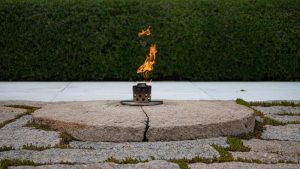
Of the many Americans buried in Arlington National Cemetery, John F. Kennedy (commonly called JFK), the 35th president of the United States, is perhaps one of the most famous. After his assassination in 1963, his wife Jackie Kennedy wanted the American public to have access to JFK’s grave, so they might pay their respects. As a veteran, JFK was eligible for burial at Arlington National Cemetery.
In the three years following his death, it’s estimated that more than 16 million people visited his final resting place. Because of the large crowds, the Kennedy family constructed a larger grave site and included the Eternal Flame, a symbol of hope and renewal, at the center of its circular design. Jackie Kennedy first lit the flame in 1967.
Tomb of the Unknown Soldier
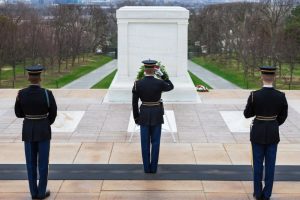
Another prominent and well-known feature of the cemetery is the Tomb of the Unknown Soldier. The most hallowed of all graves at Arlington National Cemetery, the tomb is dedicated to the unidentified dead of war.
Constructed in 1921 following World War I, an unidentified solider was selected at random to represent all U.S. unidentified fallen soldiers of the conflict. Now, the tomb also holds the remains of unidentified service members from World War II and the Korean War. Until 1998, a Vietnam War soldier also lay to rest in the tomb. However, through DNA testing, he was identified and returned to his family. His place remains vacant to this day.
The tomb is also famous for its Sentinels or tomb guards. The memorial is guarded 24 hours a day, 365 days a year, and this elite group of soldiers consider it the highest honor to serve. They wear no rank insignia, command silence and respect at the tomb, and actively guard the tomb from any threat. For more information about the tomb, click here.
Arlington House
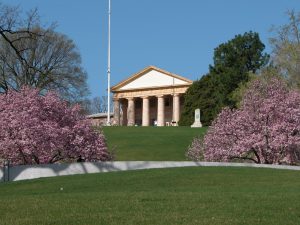
Originally built by George Washington Parke Custis, the house was intended to be a living memorial to President George Washington. Designed in the Greek revival style, the house includes several wings with bedrooms, formal dining and sitting rooms, a large hall, and a parlor. Following the death of her father, Mary Custis Lee inherited the home, and she and her husband Robert E. Lee lived there for 30 years until the outbreak of the American Civil War.
Built high on a hill overlooking the Potomac River, the house’s memorable exterior includes eight, massive columns. Today, Arlington National Cemetery visitors can tour the home at their leisure. A National Park Ranger is always on duty to answer questions. Arlington House is the most visited home in the entire National Park system, and it’s in the top 5 of most visited historical homes in the United States. It is a striking addition to any visit to the beautiful cemetery grounds.
Why Do We Have Memorials?
Permanent memorials ensure a lasting tribute for those who have been loved and lost. They also allow us, as people, to honor those we wish to always remember. Just as we create memorials for our heroes, we also create them for our loved ones. There are five key reasons why permanent memorials are important, whether it is to commemorate an event, a group of people, or just one person, like a close loved one.
- A permanent memorial provides a place for people to mourn.
- It gives all mourners (not just family) access to pay their respects and connect with those who have died.
- It provides a permanent place that will exist for generations to come.
- A permanent memorial allows people the opportunity to remember and reflect on the lives lived.
- It ensures that the dead are remembered and respected.
For many of our veterans, a large-scale memorial honors the group as a whole, as is the case with the Vietnam Veterans Memorial or the World War II Memorial. However, at Arlington National Cemetery, individuals are honored. Each headstone states the name and rank of a specific person and remembers their individual service and sacrifice for our nation.
Want to Get Involved?
If you would like to honor those buried in Arlington National Cemetery, consider giving to Wreaths Across America. Every December, this organization lays wreaths at veteran graves at more than 3,700 locations across the nation. If you’d like to get involved, consider sponsoring a wreath or volunteering to participate in a wreath-laying ceremony. For more details, visit the Wreaths Across America website here.

